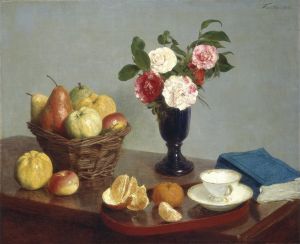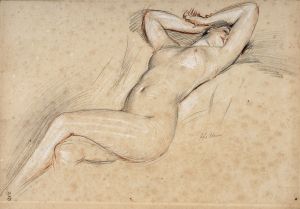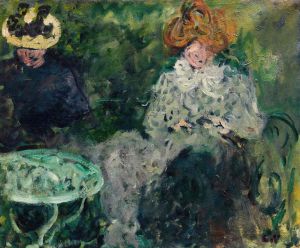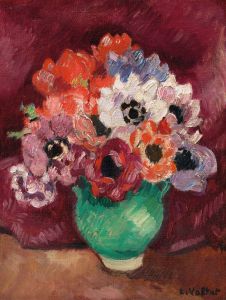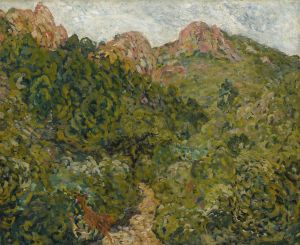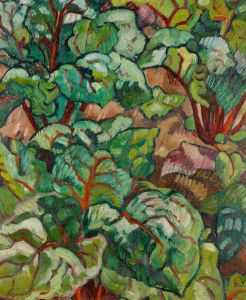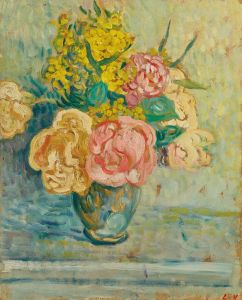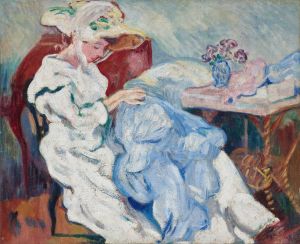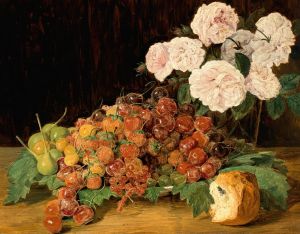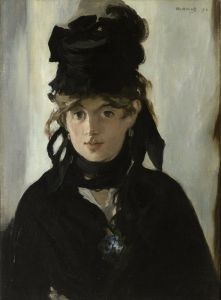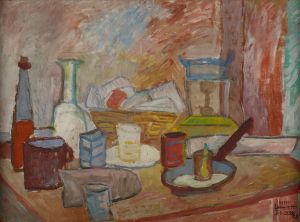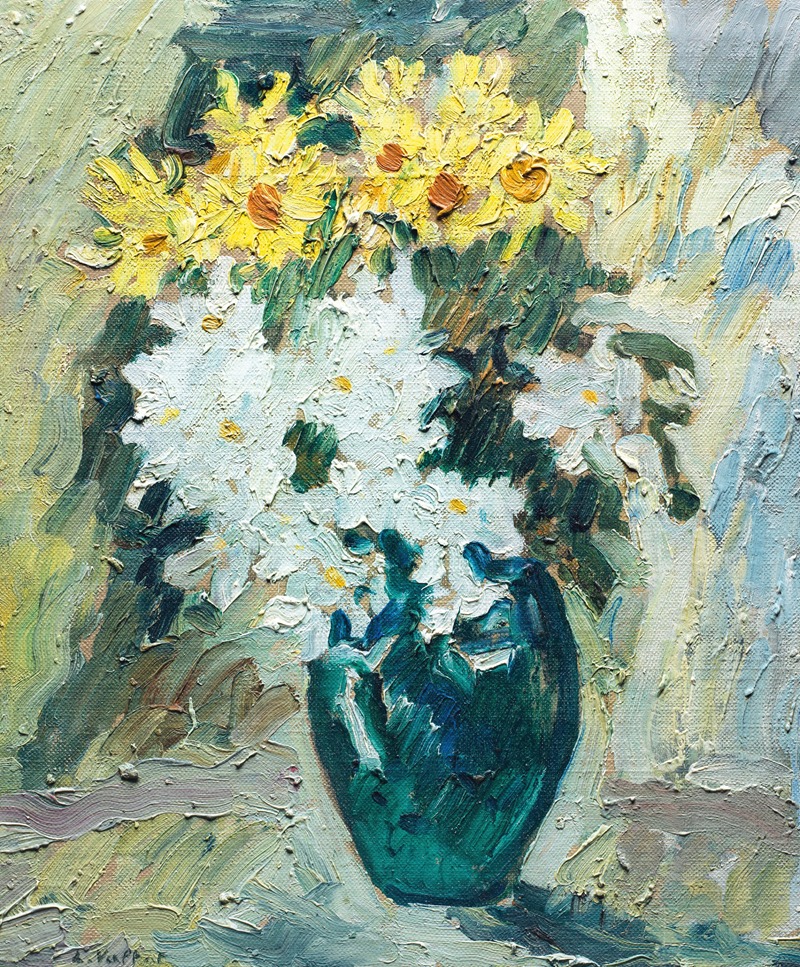
Bouquet
A hand-painted replica of Louis Valtat’s masterpiece Bouquet, meticulously crafted by professional artists to capture the true essence of the original. Each piece is created with museum-quality canvas and rare mineral pigments, carefully painted by experienced artists with delicate brushstrokes and rich, layered colors to perfectly recreate the texture of the original artwork. Unlike machine-printed reproductions, this hand-painted version brings the painting to life, infused with the artist’s emotions and skill in every stroke. Whether for personal collection or home decoration, it instantly elevates the artistic atmosphere of any space.
Louis Valtat was a French painter associated with the Fauvist movement, known for his vibrant use of color and expressive brushwork. Born in 1869 in Dieppe, France, Valtat studied at the École des Beaux-Arts and the Académie Julian in Paris. He was part of a generation of artists who were exploring new ways of seeing and depicting the world, moving away from the more restrained approaches of the Impressionists.
"Bouquet" is one of Valtat's notable works, showcasing his distinctive style that blends elements of Impressionism and Fauvism. Although specific details about the painting "Bouquet" are limited, it is representative of Valtat's broader body of work, which often features floral still lifes, landscapes, and scenes of everyday life. His paintings are characterized by bold, vibrant colors and a loose, expressive brushwork that captures the essence of his subjects rather than their precise details.
Valtat's approach to painting was heavily influenced by his contemporaries, including Paul Signac and Pierre-Auguste Renoir, with whom he shared a friendship and artistic dialogue. His work is often noted for its use of color to convey emotion and atmosphere, a hallmark of the Fauvist movement, which emphasized painterly qualities and strong color over representational or realistic values.
In "Bouquet," Valtat likely employs a vivid palette to bring the floral arrangement to life, using contrasting colors to create a dynamic composition. The brushstrokes are likely to be visible and energetic, contributing to the overall sense of movement and vitality in the painting. This approach reflects Valtat's interest in capturing the fleeting beauty of nature and the emotional response it evokes.
Throughout his career, Valtat exhibited his work in various salons and galleries, gaining recognition for his unique style. He participated in the Salon des Indépendants and the Salon d'Automne, which were important venues for avant-garde artists of the time. Despite being associated with Fauvism, Valtat maintained a degree of independence from any specific art movement, allowing him to develop a personal style that was both innovative and rooted in tradition.
Valtat's contributions to modern art have been recognized posthumously, with his works held in numerous public and private collections worldwide. His paintings continue to be appreciated for their vibrant color schemes and the joyful, spontaneous quality they convey.
While specific information about the painting "Bouquet" may be scarce, it remains an example of Louis Valtat's artistic legacy, reflecting his passion for color and form. His work continues to inspire and captivate audiences, offering a glimpse into the transformative period of early 20th-century art.





